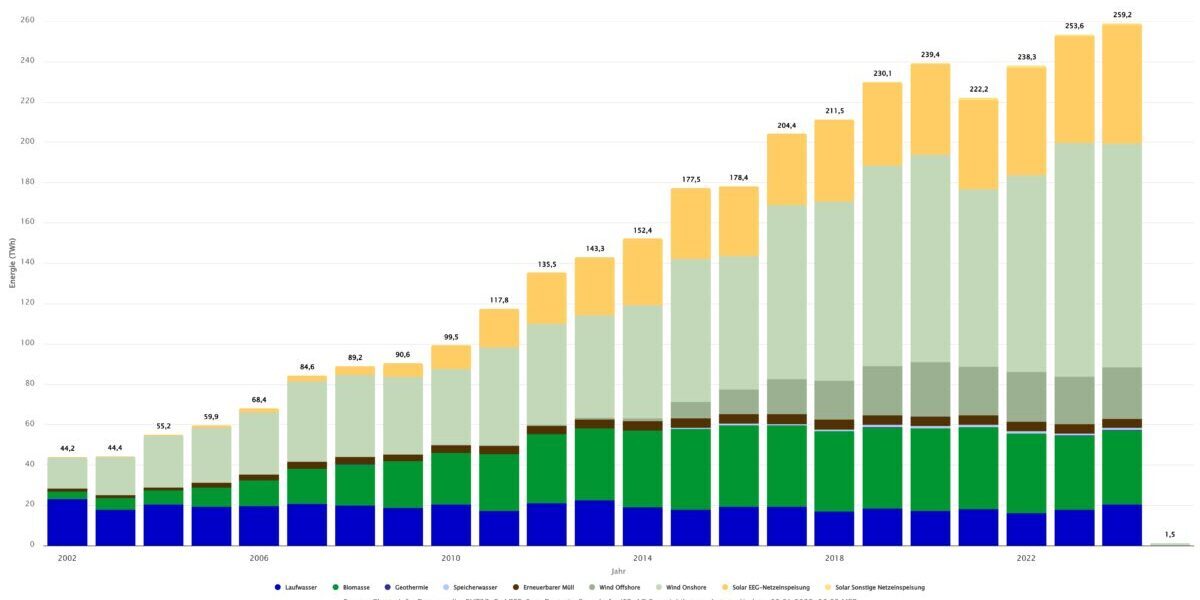A research team from the University of New South Wales (UNSW) and Chinese-Canadian solar module maker Canadian Solar has investigated how heterojunction (HJT) solar cells are hit by sodium (Na) and moisture degradation under accelerated damp-heat testing and has found that most degradation modes predominantly affect the cells themselves, making cell-level testing the preferred approach.
“The main motivation for this work was to address the long-term reliability challenges of HJT technology, which, despite its high efficiency and growing adoption in the photovoltaic market, is very susceptible to degradation under high-temperature and high-humidity conditions,” the research's lead author, Bram Hoex, told pv magazine. “A key focus is on understanding the underlying mechanisms of Na-induced degradation and its interactions with environmental anions and material compositions, such as transparent conductive oxide (TCO) layers and metal contacts.”
According to Hoex, it is critical to understand these mechanisms to guide the field in effectively addressing the recombination issues and other degradation pathways. “Cell-level testing is approximately two orders of magnitude faster than module-level evaluations, allowing for detailed characterisation of failure modes,” he explained. “This accelerated and granular approach is exploited in this study to comprehensively investigate the degradation mechanisms and support the development of improved bills of materials, solar cells, and testing protocols.”
In the paper “Unveiling the degradation mechanisms in silicon heterojunction solar cells under accelerated damp-heat testing,” published in Solar Energy Materials and Solar Cells, Hoex and his team considered three different kinds of sodium salts – sodium bicarbonate (NaHCO₃), sodium chloride (NaCl), and sodium nitrate (NaNO₃) – as degradation agents to simulate contamination in HJT cells under damp-heat.
“This methodological choice simulates realistic contamination scenarios commonly encountered in the field,” Hoex said. “Through in-depth degradation pattern analysis and elemental profiling, we precisely identified the degradation mechanisms attributed to each contaminant, uncovering distinct pathways modulated by the specific anionic properties of each sodium salt/ion combination.”
The researchers found that NaHCO₃, due to its alkaline nature, induces significant degradation in SHJ cells by chemically interacting with transparent conductive oxide (TCO) layers, leading to marked alterations in elemental composition and ultimately compromising both open-circuit voltage stability and contact integrity. Furthermore, they ascertained that NaCl, driven by its chloride ions, primarily triggers severe contact failures associated with morphological transformations in nano-silver particles. Conversely, NaNO₃ exhibited negligible impact on SHJ cell performance, which we attribute to its neutral anionic structure and lower chemical reactivity.
“Our findings confirm that sodium ions require specific conditions to initiate degradation in SHJ cells, selectively impacting vulnerable regions,” Hoex concluded. “This comprehensive understanding provides valuable guidance for material selection and module fabrication processes and could serve as a diagnostic tool for identifying and addressing solar module failures observed in the field.”
Another research group led by UNSW in 2023 investigated failure modes in HJT solar modules with glass-backsheet configurations. They identified four failure modes caused by damp heat in heterojunction solar panels with a glass-back sheet configuration.
More recently, a group of researchers from French research center Institut Photovoltaïque d'Ile-de-France (IPVF) and EDF R&D, a unit of French energy giant EDF, conducted a series of tests to assess the reliability of HJT solar panels in a damp heat environment and has identified sodium ions has the main degradation factor.
These tests showed that the modules with soda-lime glass-glass configuration suffered the highest open-circuit voltage and short-circuit current losses, due to the depassivation of the cell by the action of sodium ions originated from glass lixiviation.
The analysis also showed that the action of sodium ions in inducing the degradation of cell passivation is particularly strong on the front side, while moisture was found to induce degradation of the transparent conducting oxide (TCO) and contacts and result in fill factor losses.
This content is protected by copyright and may not be reused. If you want to cooperate with us and would like to reuse some of our content, please contact: editors@pv-magazine.com.



By submitting this form you agree to pv magazine using your data for the purposes of publishing your comment.
Your personal data will only be disclosed or otherwise transmitted to third parties for the purposes of spam filtering or if this is necessary for technical maintenance of the website. Any other transfer to third parties will not take place unless this is justified on the basis of applicable data protection regulations or if pv magazine is legally obliged to do so.
You may revoke this consent at any time with effect for the future, in which case your personal data will be deleted immediately. Otherwise, your data will be deleted if pv magazine has processed your request or the purpose of data storage is fulfilled.
Further information on data privacy can be found in our Data Protection Policy.